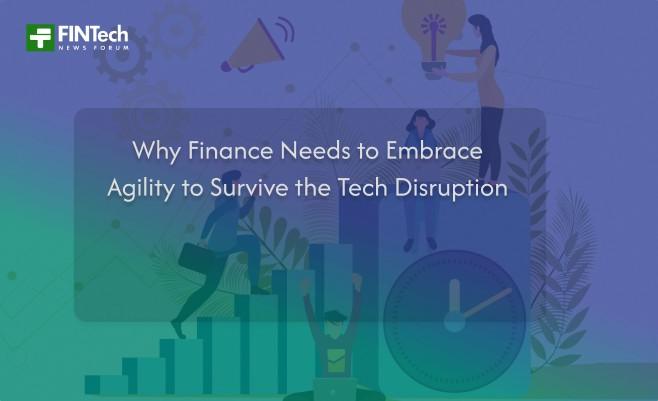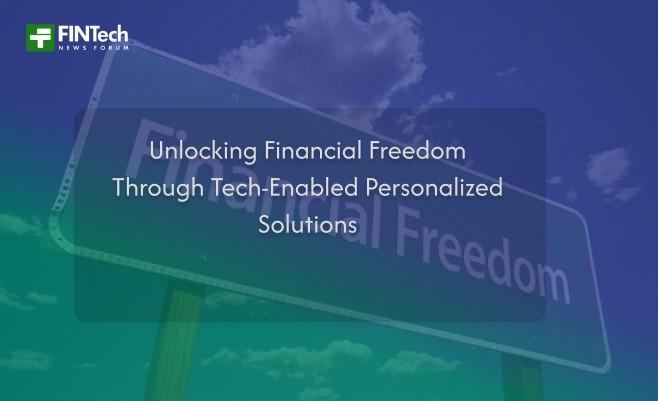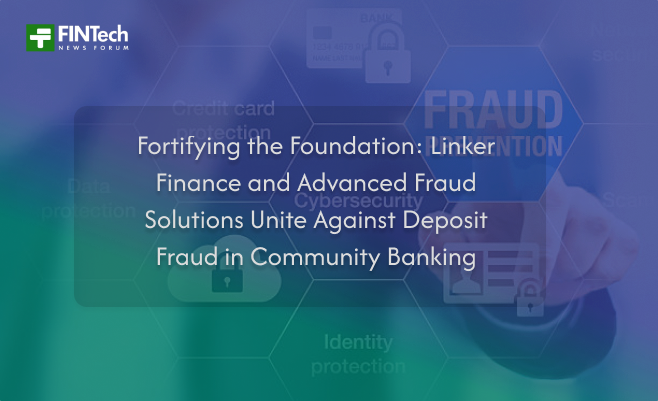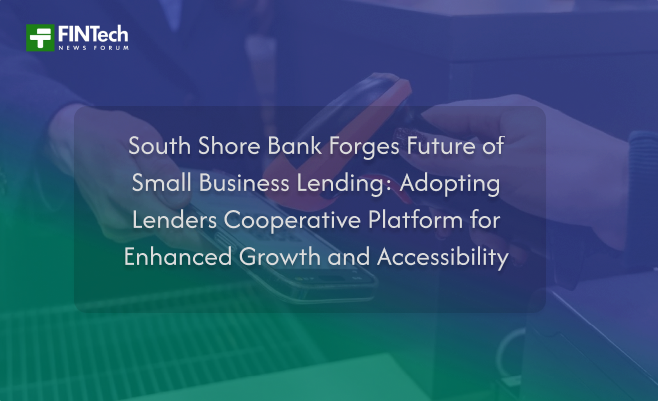
In 2025, embedded finance is rapidly becoming a cornerstone of the financial ecosystem as big tech firms intensify their efforts to integrate financial services directly into non-financial platforms. By embedding banking, payments, lending, insurance, and investment products seamlessly within everyday apps and services, these technology giants are reshaping how consumers and businesses interact with money. This approach removes traditional barriers by enabling users to access financial solutions exactly where and when they need them, whether through e-commerce sites, ride-sharing apps, or social media platforms. The strategic move by big tech companies not only capitalizes on their massive user bases and rich data but also challenges traditional financial institutions to innovate faster. Embedded finance is set to revolutionize convenience, personalization, and financial inclusion, ultimately becoming a key driver of growth in the digital economy.
1. What Is Embedded Finance and Why It Matters
Embedded finance refers to the integration of financial products and services within the user experience of non-financial platforms. Instead of redirecting customers to banks or third-party apps, companies embed payment processing, lending, insurance, or investment features directly into their ecosystems. This frictionless experience enhances convenience and boosts user engagement. For consumers, it means easier access to credit at checkout or seamless insurance enrollment in a travel app. For businesses, embedded finance opens new revenue streams and deeper customer insights, fostering loyalty and differentiation in crowded markets.
2. Big Tech’s Strategic Investment and Expansion
Major technology firms like Apple, Amazon, Google, and Meta are doubling down on embedded finance initiatives by investing billions in fintech partnerships, acquisitions, and in-house development. Amazon’s payment services embedded in its marketplace, Apple’s Apple Pay and Apple Card ecosystem, and Google’s push into banking APIs exemplify how these firms are leveraging their platforms to offer comprehensive financial solutions. Their vast user bases provide a fertile ground for scaling embedded finance quickly, while their data analytics capabilities allow for highly personalized and targeted financial offerings, increasing conversion rates and customer satisfaction.
3. Benefits for Consumers and Businesses
The integration of finance into everyday digital experiences simplifies complex financial tasks and enhances accessibility. Consumers enjoy faster, more intuitive transactions and tailored financial products without leaving their preferred apps. For small and medium-sized businesses, embedded finance solutions offer access to instant payments, working capital loans, and automated accounting tools—all within their existing platforms. This reduces administrative burdens and improves cash flow management. Moreover, embedded finance fosters financial inclusion by bringing underserved or unbanked populations into the digital finance fold through platforms they already trust and use regularly.
4. Challenges and Regulatory Landscape
Despite its promise, embedded finance faces challenges including data privacy concerns, regulatory scrutiny, and technological complexity. As big tech firms collect and utilize vast amounts of financial data, regulators are increasingly focused on protecting consumer rights and ensuring transparency. Companies must navigate different regulatory frameworks across regions while ensuring compliance with anti-money laundering (AML) and know-your-customer (KYC) requirements. Additionally, building secure, scalable infrastructure capable of handling financial transactions without disruptions requires significant investment and expertise. Addressing these challenges is crucial for sustaining trust and long-term growth in embedded finance.
Conclusion
Embedded finance is redefining the financial services landscape by seamlessly integrating banking, payments, and insurance into everyday digital experiences. Big tech firms, leveraging their expansive platforms and deep customer insights, are leading this transformation, driving greater convenience, personalization, and financial inclusion. While challenges around regulation and data privacy remain, the momentum behind embedded finance is undeniable. As this trend continues to accelerate, it will not only disrupt traditional banking models but also unlock new opportunities for businesses and consumers alike, firmly establishing embedded finance as the future of the digital economy.















